Dry dog food makes up the large majority of our pups' diets, and it comes in many shapes and sizes: organic, all natural, grain-free, and even exotic (i.e. kangaroo and red lentil... weird, right?). But did you ever step back to think about what dog kibble actually is? Is dog kibble healthy? Is it processed? Why is every single pellet of dry dog food exactly the same shape and size? And most importantly, is mass-manufactured dry dog food the healthiest source of nutrition for my dog?
A few weeks ago, I (Steph) walked uptown in New York City to our neighborhood pet store to grab a new bag of dry dog food for my long-haired dachshund Django. I lugged the 15 lb. bag ten blocks home, dragged it into our kitchen, and started pouring out the contents of the bag into a massive Tupperware container. I watched the tiny pellets bounce into the plastic container and began wondering... what exactly is this stuff anyway? Although Mike and I always splurge on an organic and/or premium dry dog food with high quality animal protein and all-natural ingredients - no chemical pesticides, no preservatives, no added hormones, no artificial ingredients - I still wanted to better understand what was going into our adorable little sausage dog's dinner bowl every day.
If you have ever wondered what dry dog food actually is and how it is made, this article is for you. If you have any questions, comments, or want to recommend a dog food brand you love, please leave a comment below!
How is Dog Kibble Made?
Dry dog food is the most popular pet food throughout the United States, Europe, Canada, and the rest of the developed world. Why? Because it is convenient, inexpensive, and has a very long shelf life compared to other forms of dog food. Dry dog food is also very easy to mass manufacture and ship.
Dry dog food is made via a process called "food extrusion". Extrusion is a method where a large mixture of ingredients are heated at extremely high temperatures, forced through openings in perforated plates (aka "dies") to form a specific shape, then cut into bite-sized pieces by sharp blades.
Imagine the ingredients in your dog's dry dog food bag: chicken, lamb, or another animal protein; sweet potatoes, peas, and other vegetables; legumes; fruit; grains; starches; fats; oils... All of these raw ingredients are ground together into a coarse flour-like substance. This is the first step in food extrusion.
The dry flour-like mixture is then poured into a massive barrel-shaped machine and cooked under high pressure and at extremely high temperatures north of 100 degrees Celsius (212 degrees Fahrenheit). Such extreme temperatures are used so the "flour" mixture melts and can be forced through small openings in perforated plates, also known as dies.
Once the melted mixture of ingredients is forced through the dies, the spaghetti-shaped "food" is then chopped by sharp blades into bite-sized pieces. At this point in the process, the ingredients are finally starting to resemble dog kibble.
During the last phase of the dog food manufacturing process, a machine forces excess moisture from the kibble-sized pieces to ensure the final product can sit on a store shelf for years without going stale. Since most flavors are lost during the extrusion process, animal fats are typically sprayed on the kibble to ensure they smell scrumptious when you open your new bag of dog food months (or years) down the road. Vitamins and minerals are also re-added to make up for the loss of nutritional value during extrusion. Lower quality dog food brands will use artificial chemicals and colors during this stage to add mouth-watering flavor and aesthetic appeal back to the tasteless bite-sized kibble.

How extrusion destroys nutrients in dog food
The extremely high temperatures used during processing reduce the nutritional value of many ingredients. For one, research shows the extrusion process diminishes the protein-content of animal meat. What does this mean? Even if you splurge on a premium bag of dry dog food where the number one ingredient is organic chicken or beef, your dog is still not getting the same level of protein he'd receive from fresh or flash frozen animal meat. In other words, the quality of animal protein in dry dog food will always be subpar to fresh, unprocessed animal protein.
In addition to reducing the protein-content of animal meat, food extrusion impairs the nutritional value of fruits and vegetables and destroys many vitamins and minerals that are essential to our dogs' health and wellbeing. As mentioned above, dry dog food manufacturers commonly spray their mass-manufactured dog food with added vitamins and minerals in an attempt to add back the nutrition that was lost during extrusion. Although adding back vitamins and minerals is a step in the right direction, these supplements will never replicate all of the nutrients and benefits of whole foods.
So should I not feed my dog kibble?
Not necessarily. We laid out above many arguments confirming dry dog food is not necessarily the healthiest food for your pup, especially when compared to non-processed whole foods. With that said, we acknowledge that there are many clear benefits to feeding your dog dry dog food: its low cost relative to other types of dog food, convenience, and shelf life, to name a few. Additionally, dogs do indeed get nutrition from dry dog food. This quality of nutrition, of course, just doesn't match that of a whole food diet.
Alternatives to dry dog food
It is worth considering the alternatives to dry dog food. These include fresh and frozen dog food (i.e. The Farmer's Dog or Pet Plate), wet and canned dog food (here is one Organic canned food example), and homemade dog food.
Fresh and frozen dog foods like The Farmer's Dog have grown in popularity over the past few years. Rather than feed their dog the same mass-produced dry food over and over, many dog food owners are now adding these freshly made, nutrition-dense meals to their dog's dinner bowl. Mike and I have tried many of the fresh and frozen dog food brands and recommend both The Farmer's Dog and Pet Plate. Both companies deliver balanced, healthy, and freshly made pet food directly to your door.

READ MORE:
DJANGO REVIEW: THE FARMER'S DOG
What is the one downside of fresh and frozen dog foods? The cost. Like meal delivery services for humans, you are paying up for fresh, high quality ingredients that are packaged conveniently and delivered straight to your door in record time.
If you are looking to save a few dollars, a great way to combat the cost of fresh and frozen dog foods are to use them as a 'topper' on top of a high quality dry dog food. Mike and I often do this at home with Django to significantly extend the lifespan of each box. The best part? Django doesn't seem to notice - he's just happy to be getting fresh, homemade dog food in his dinner bowl!
What is the main downside of making homemade dog food? Making sure your dog gets the proper nutrition and balance of essential vitamins and minerals. Mike and I love cooking chicken or turkey for Django and adding fresh veggies into his dinner bowl. With that said, we fully acknowledge that we are not canine dietary professionals and do not understand what ingredient mixture will give Django the optimal balance of nutrition. For this reason, we always give Django homemade food as a topper or treat. We are not comfortable feeding Django an exclusive homemade diet.
One last thought.
There are tons of dog food brands and varieties on the market. The absolute best first step you can take right now is to speak to your dog's veterinarian and ask his for his or her professional advice on diet. Not only does your vet know your dog best, but he or she is medically licensed and trained to offer advice on diet and health. Please always consult with your veterinarian before making significant changes to your dog's diet.
Additional resources

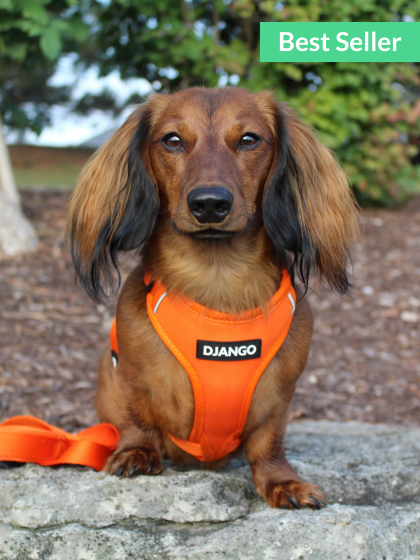

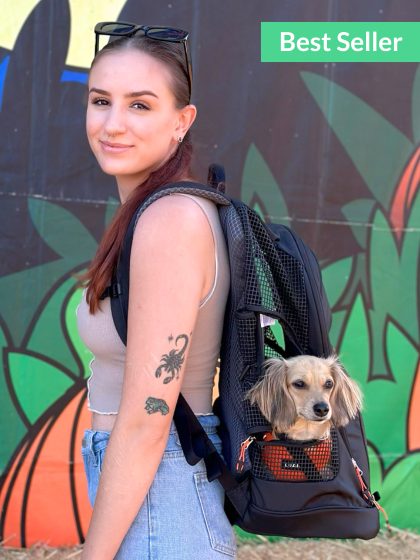

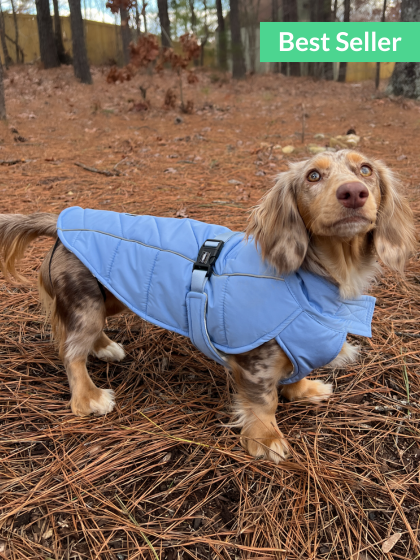
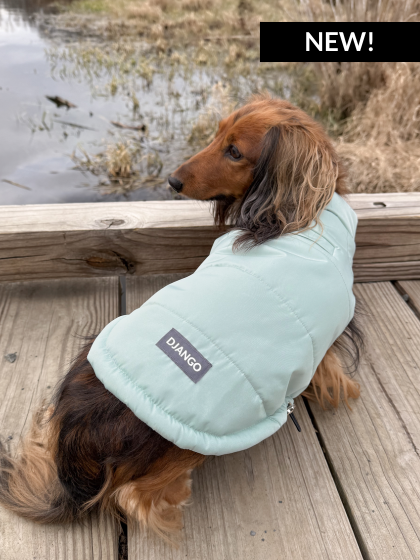
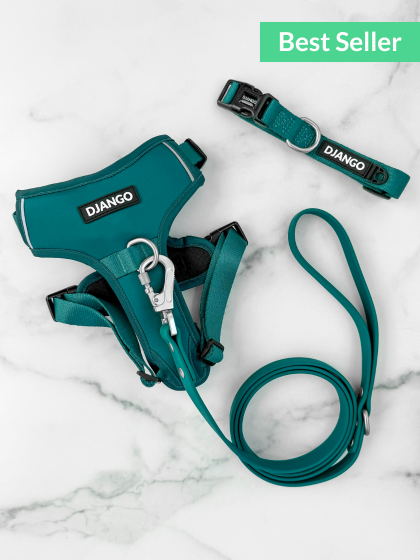
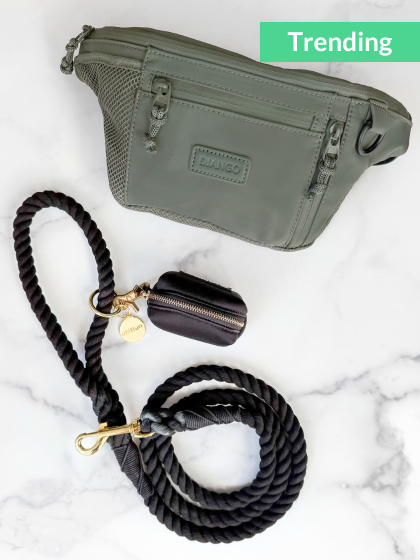





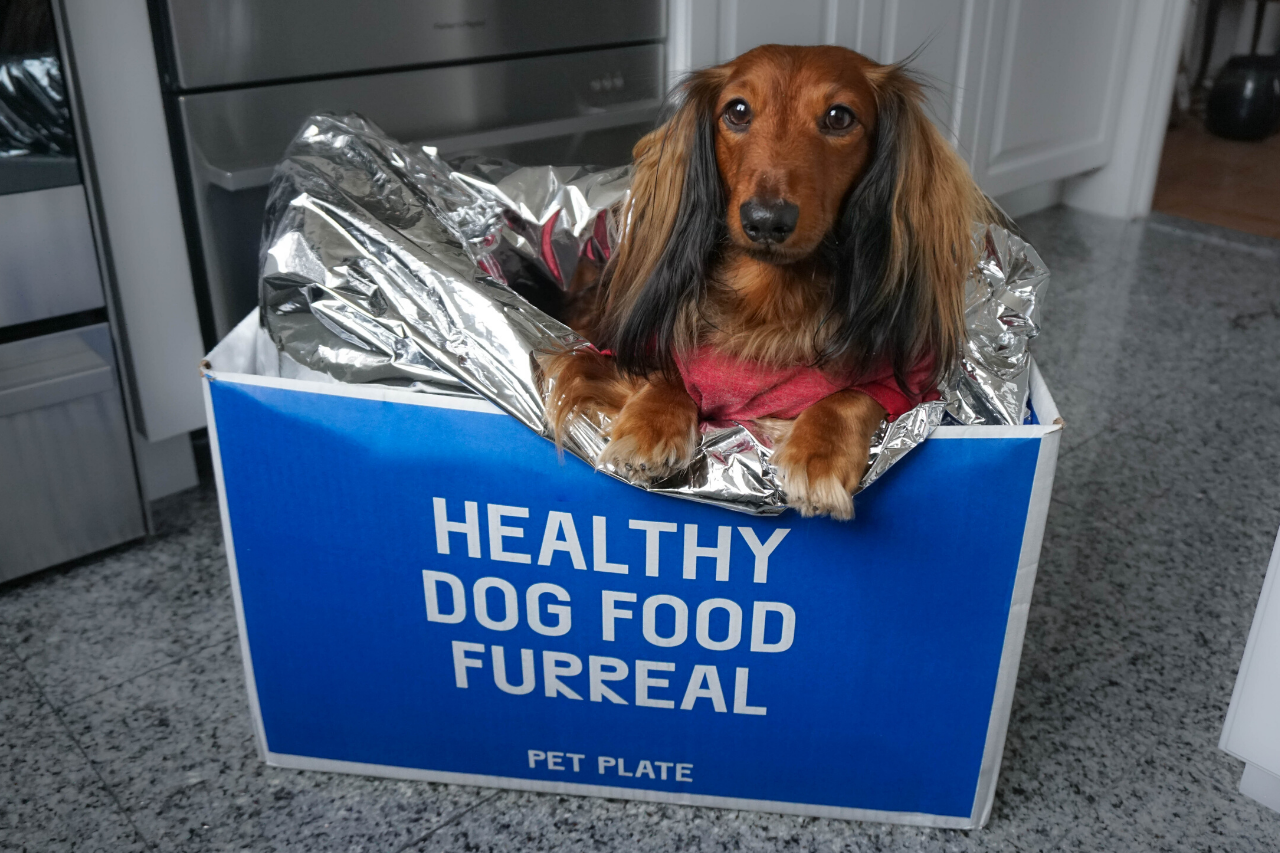
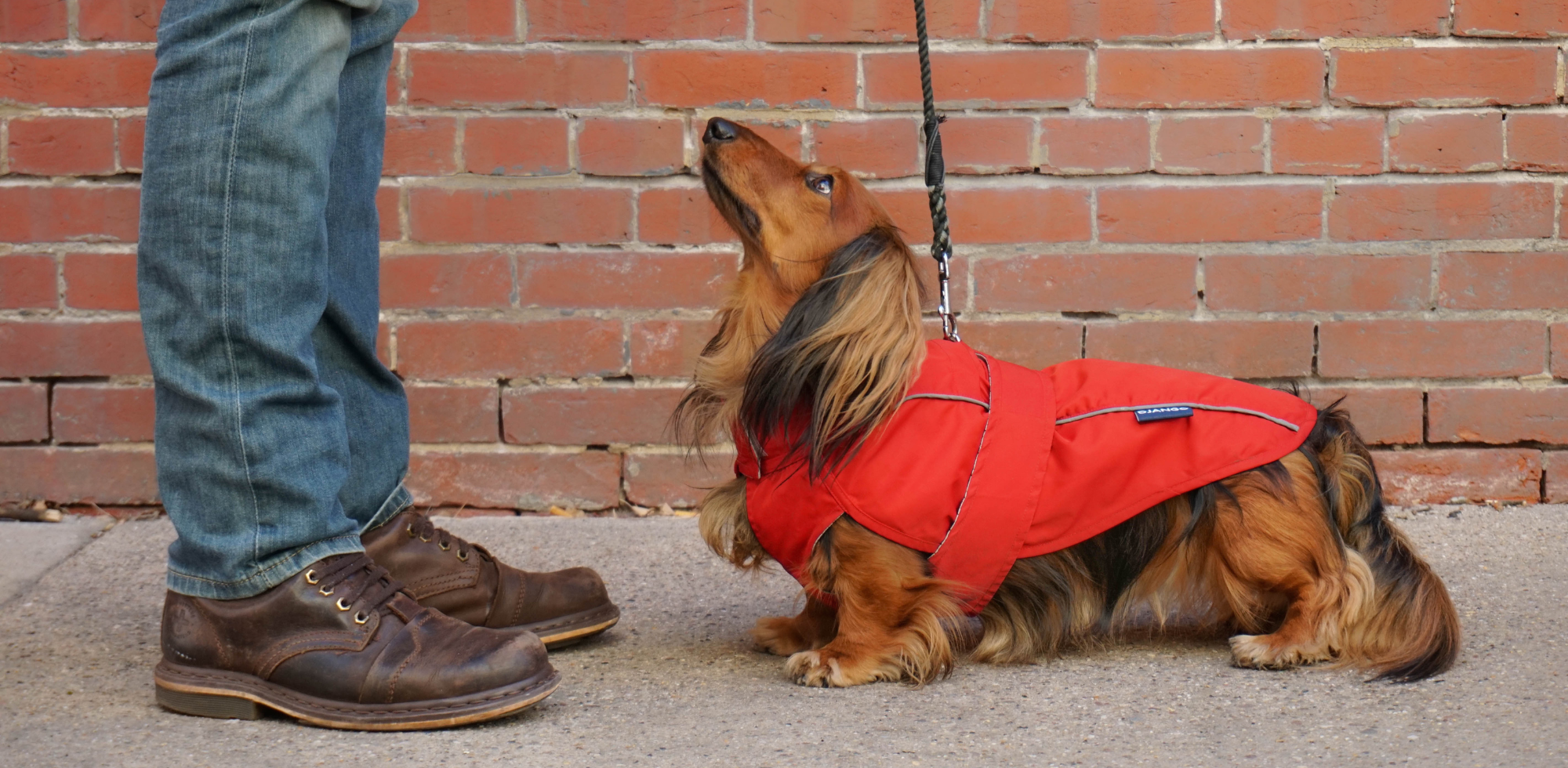
2 comments
Monica
Thanks for sharing the kibble making process. That would explain the brown color (burnt?) and probably has low to no nutritional value except for the vitamins that are added. When you think of it, you’re paying a lot of money for overprocessed food for your dog.
Thanks for sharing the kibble making process. That would explain the brown color (burnt?) and probably has low to no nutritional value except for the vitamins that are added. When you think of it, you’re paying a lot of money for overprocessed food for your dog.
NormanWilkes
Thanks for reviewing!
The Dog Hug
Thanks for reviewing!
The Dog Hug